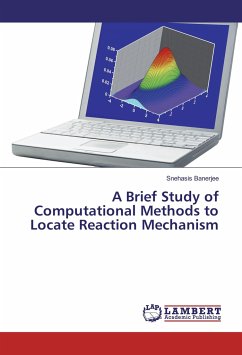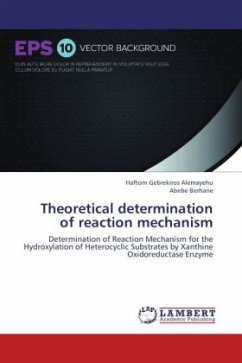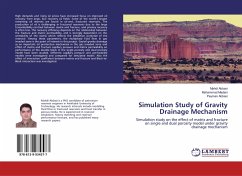This book deals with an outline of the theoretical/computational algorithms required to carry out a study of reaction mechanism in the framework of the transition state theory. Since the goal of computational study of kinetics and reaction mechanism are finding equilibrium geometries, transition states and reaction paths lie on a potential energy surface (PES) connecting reactants and products to the transition states, an overview of computational algorithms is required for the understanding of the theoretical tools remain behind. Thus, herein, the geometry optimization procedure of both for minima and first order saddle point has been addressed. Additionally, density functional theory (DFT) and Hartree-Fock (HF) methods have been discussed to predict the energy of chemical structures. Lastly, the function of basis set and the effect of solvation of the molecules has been explored.
Bitte wählen Sie Ihr Anliegen aus.
Rechnungen
Retourenschein anfordern
Bestellstatus
Storno








